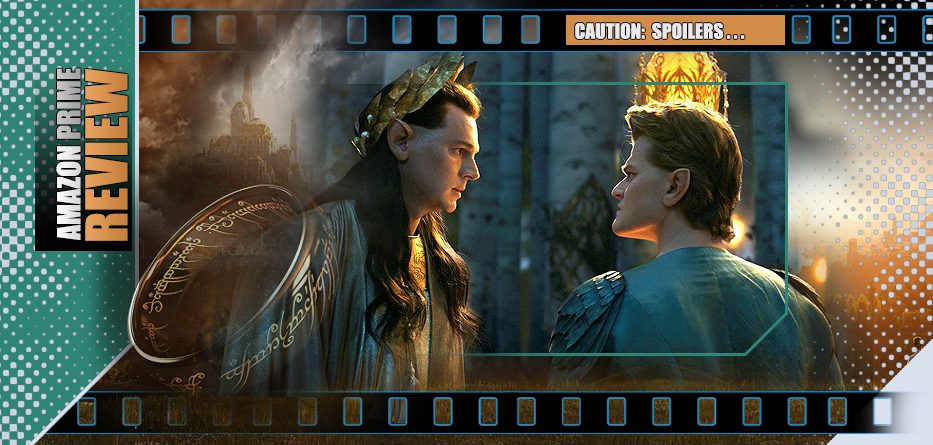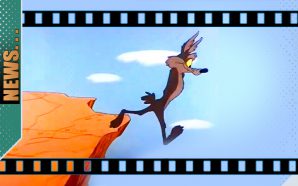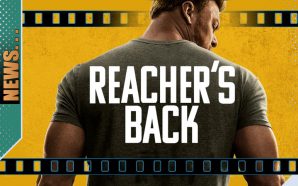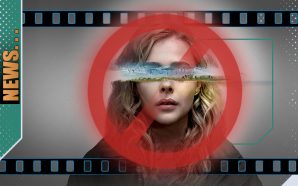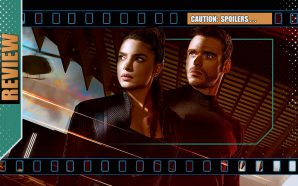The Queen Regent may have agreed to help Galadriel and send Númenor’s troops to help defend the Southlands, but there are those who are still opposed to that assistance. Pharazôn is stirring up subtle discontent, Halbrand still seems reluctant to head back to his home as its long-lost king and as Isildur tries to smuggle himself aboard the ships to fight alongside his friends he finds a saboteur going to similar but opposite lengths to make sure the fleet never leaves…
Elsewhere, the people of the Southlands have to decide between subjugation by the orcs or almost certain death. Durin and Elrond’s friendship is tested by some hard truths revealed as the Elf king tells Elrond that the very future of the Elves existence may rely on Elrond breaking his oath.
With a battle on the horizon, everyone’s loyalties and priorities come into sharper focus…
*spoilers*
The Elven part of The Rings of Power continues to be performed with all the crisp resonance of a Royal Shakespeare Company monologuing the inspirational posters that once adorned many a student wall. Dialogue such as “Sometimes to find the light, we must first discover the darkness…” may sound incredibly trite but is delivered with all the mustered syllable-confident conviction possible and at times their every scene feels as if it’s being performed at the Globe or Stratford upon Avon with Hamlet or Romeo about to wonder what treachery is afoot or which light from yonder mithril breaks? It won’t suit everyone, but it also feels like Amazon‘s most-expensive-series-ever ™ is quite deliberately delineating its story strands to suit different demographics. Away from Elrond and Galadriel (each on their own quests), the dwarves are wily Scots, the Harfoots are quaint Irish travellers/tinkerers and the people of the Southland ironically sound like they’re from Oop North. One can see this as awkward stereotyping – which it likely is – but it’s also quite a savvy device to distinguish our ensembles and play up the fact that each will have an equally important part to play in this very ornate tapestry.
While House of the Dragon continues to be about passion, Rings of Power‘s action is more about grace, what Westeros shows in explicit on-screen detail, Middle-earth often leaves just off-screen and simply infers. There’s not a lot of fighting and action in this episode – it’s yet another entry with people asking others to gird their loins and choose sides – on multiple fronts people’s allegiances are questioned and exposed, for bettr or worse. However one of the more blatant moments somes in Galdriel’s training exercise with the over-confident Númenor guards and is a lovingly-choreographed and well-executed sequence with her dodging and counter-parrying in her lessons about strength and balance. It’s like watching a dance unfold.
The VFX – as we’d now expect – are generally second to none on current television, the different sectors of Tolkien’s vast playlands and beyond are always rich in detail and tone. It’s totally believable in the watching of them and only later are you likely to think ‘What part of that was set and what was actual countryside?‘ or “Wait, did the really set a ship on fire and sink it?‘ That more is beign spent here than on some theatrical releases is telling in itself and perhaps truly marks a time where the long-ago rivalries between big-screen and small-screen have now been torn down and it’s only a matter of purpose and intent that separates them on any given production or project.
As said repeatedly, Rings of Power is an exceptional example of show-making on some levels and perfectly okay or average in others – either way, it’s worth watching…
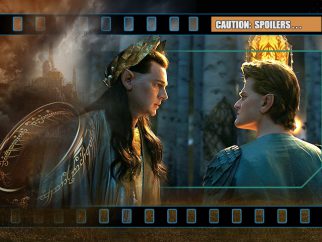
- Story8
- Acting8
- Direction8
- Production Design / VFX10

